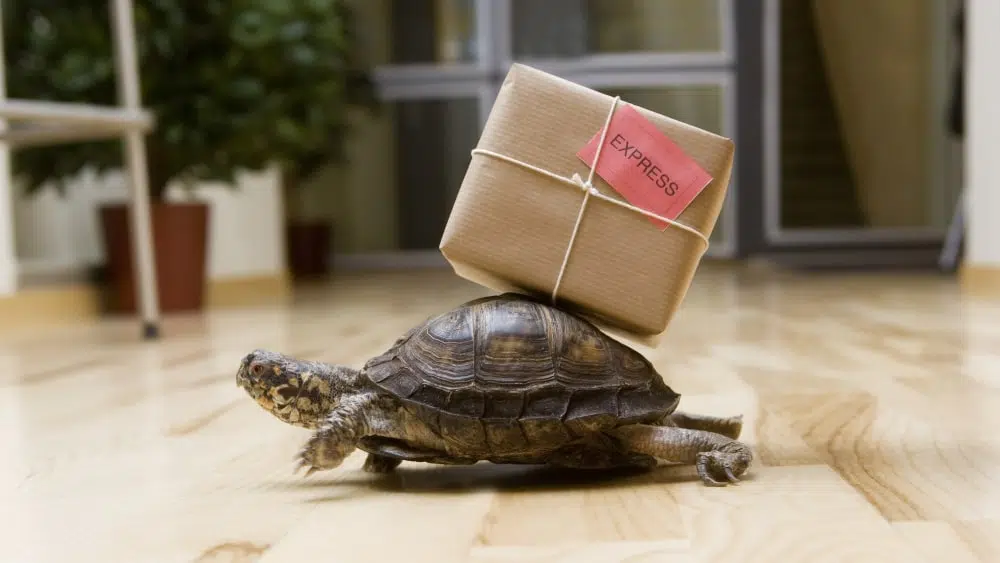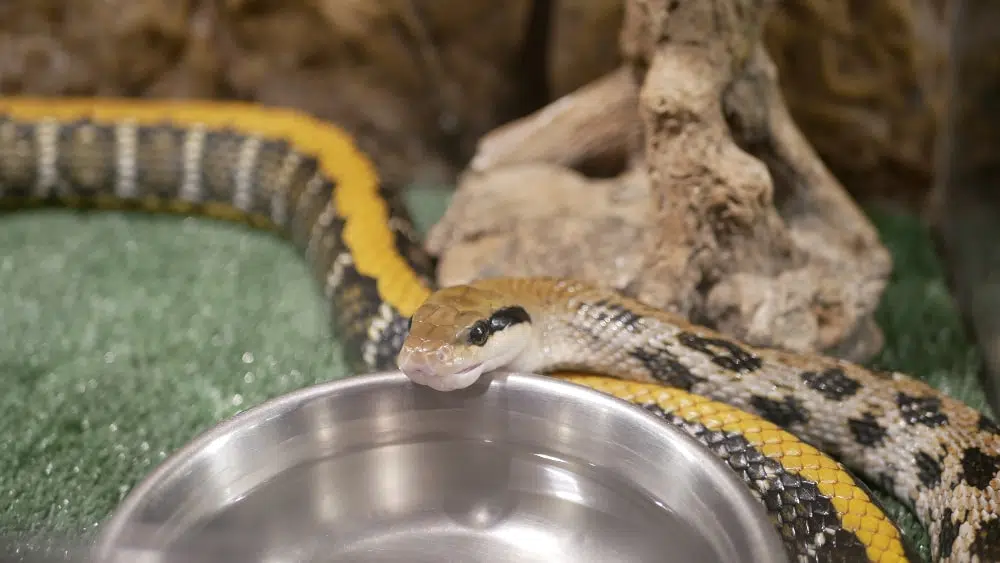
When we think of pets, our minds often go to our furry four-legged friends, but this leaves out a delightful group of animals that deserves the same amount of love: reptiles. These scaly sidekicks have specific needs when it comes to moving, so be sure you’re prepared to make the move as stress-free as possible for them.
Know the Local Laws and Regulations
The first step in moving with a reptile is to research local policies on owning your specific pet. You’ll need to check the state, city, and county regulations of where you’re moving to see which reptiles are allowed to be kept as pets and what certifications or fees may be associated with ownership. The policies are often related to whether the reptile is native to the state and typically include licensing and vaccination requirements.
The more exotic the pet, the more difficult it may be to find information, but as a pet parent, this is an important step to take to ensure there aren’t any hiccups when your reptiles arrive in their new home.
Get a Green Light From Your Vet
No more than 10 days before moving, take your reptile in for a vet appointment and get a health report from the vet. This will give you peace of mind that your pet is ready to go and will likely be necessary when registering your pet in your new state or city. Be sure to also grab any health and vaccination records your vet has on file.
This is also a good time to ask your vet for recommendations on moving, as well as any references to a vet in your new area.

Moving Your Reptile by Car
Plenty of pet parents would rather move their pets themselves (they’re precious cargo, after all). If this is you, there are several steps to take before, during, and after the move to ensure it is as stress-free as possible.
Note that moving companies cannot transport pets, so this section is specifically about moving them within your own car. If you’d like for someone else to make sure they’re moved safely by car, look into professional reptile moving companies.
Carriers
The carrier needs to be big enough for the reptile to move comfortably, but small enough that it’s not at risk of being tossed around during transport. The container also needs small holes for ventilation.
The securest way to move your reptile is to place it in a breathable cloth bag that is tied off with rubber bands or strong twine, and to place that bag within the carrier. This ensures your pet is safe while traveling and cannot get loose. If your pet is venomous, place the bag inside two containers (make sure both are properly ventilated and secure). Add extra cushioning as needed without restricting airflow.
Be sure the carrier is properly labeled to remind everyone that it needs to be handled with care.
Temperature Regulation
Environments for reptiles must be kept at specific temperatures for their own safety, so figure out how you’ll do this while traveling. Don’t rely on direct sunlight in the car, as this might overheat your pet. Consider an insulated carrier that can maintain temperatures while you’re traveling. If you’re stopping overnight, pack a basking light or heat mat as needed. For hydration or cooling, you can line the bottom of the carrier with wet towels or pack a spray bottle.
Minimize Travel Time
Almost all pets thrive on routine, and reptiles are no different. Moving is likely going to be stressful for them, so try to plan the shortest route to your new destination. The sooner you can get them out of the car and settled in a quiet environment, the better it will be for their health.
If you are planning on overnight stops, be sure to book hotels that allow exotic pets, and grab a hideout for the evening so it can feel safer while it rests.

Moving the Terrarium
With your pet safely secured elsewhere, you’ll also need to move its home. If the move is a short distance, place the terrarium as-is in a wooden or plastic crate. This will protect it from damage as well as prevent any spills in your car.
For long-distance traveling, remove all the accessories and decorations from within the terrarium and pack them separately. Drain the water, remove soil and plants, and wrap the enclosure with packing paper or bubble wrap. Place it in a sturdy cardboard box and label it accordingly.
If your pet requires a specific soil composition or treated water, consider taking what is already in the terrarium and placing it in tightly sealed containers to be added back into the home after traveling.
Moving Your Reptile by Plane
Depending on your situation, you may find that transporting your pet by air is the best option. Your reptile will only be able to be transported as cargo, not within the passenger cabin. Check with individual airlines to make sure they will transport reptiles and which carriers are approved. Non-venomous reptiles must be transported in a breathable cloth bag secured with rubber bands or strong twine, then placed in an approved, well-ventilated container.
The carrier must be labeled appropriately. “Live animal” and “fragile” should be written on the outside, as well as important temperature or feeding information. Include your contact information in case anything is needed.
When booking flights, keep the trip as short as possible. Direct flights, while more expensive, will be less stressful for your pet than being repeatedly shuffled to different planes.
Shipping Your Reptile Through the Mail
Professional reptile shipping companies can ensure your reptile is safely and securely shipped through the mail, and you can also arrange it yourself. Check with official shipping company websites to determine what labeling and packaging are required. Coordinate your shipping date carefully to make sure you’re there to receive your pet.
After the Move
As soon as you can, set up your pet’s terrarium in your new home. You’ll be unpacking and rearranging, so be sure it’s out of the way and in a quiet spot. Set up the interior similarly to how it was in your old home to make it as familiar as possible for your reptile and be sure it’s at the right temperature. It’s best not to handle your reptile immediately as it’ll still be stressed from the move, so open the carrier and place it in the terrarium, allowing the reptile to explore when it’s comfortable. Remove the carrier once it has ventured into its home.
It will take your pet time to adjust to its new environment. Keep feeding schedules the same and avoid handling it if it’s acting frightened. Your pet may act strangely over the next few days and might even refuse to eat, so keep an eye out for anything concerning. If it’s been more than a handful of days and your pet still isn’t eating or is showing other signs of sickness (limping, changes in general appearance, lethargy, bumps on the body, etc.), schedule an appointment with a vet.
Welcome Home!
Moving with reptiles requires extra steps, but it’s worth it to have your pet settled into your new home. Consult with your vet for any specific questions, be thorough in your planning and moving process, and soon enough your pet reptile will be settled into your new home.

Kian Zozobrado joined Builders Digital Experience (BDX) in 2019 as a content writer. A graduate of Southwestern University with a degree in English, Kian is passionate about the written word and making connections. Outside of work, Kian also serves as president of the Board of Directors for the Writers’ League of Texas.
 The Best State Parks in South Carolina
The Best State Parks in South Carolina